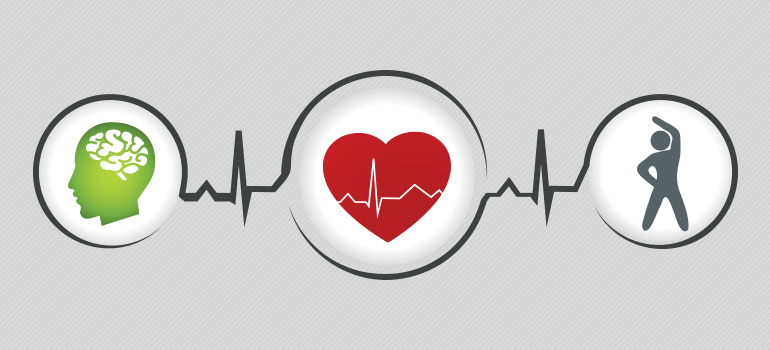

Exercise on the 4 & 2 Plan. This plan is for those individuals that are already exercising on a regular basis OR if you have a job that requires more than normal physical activity. If you are starting out on this plan instead of the 5&1 plan because you are already physically active, you will not want to add additional exercise in the beginning. BUT once you have lost weight and feel like you need to do more, here are some ideas of additional exercise that you may want to think about doing while on this plan.
- Brisk 30 minute walk daily.
- Weight training with light weights, 15 or more reps.
- Try short runs of less than 1 minute during your walk to get your heart rate up.
The idea here is to get your heart rate up for about 30 minutes a day. Remember that you will not want to overdo it.
Stay active, have fun, be safe, Live Healthy!
We recommend that you contact your healthcare provider before starting and throughout your OPTAVIA weight loss journey, especially if you are taking medications (e.g., diabetes medications, high blood pressure medications, Coumadin (warfarin), lithium, thyroid medications etc.)
Do not use the OPTAVIA Program if you are pregnant. If you have a serious acute or chronic illness (e.g., heart attack, diabetes, cancer, liver disease, kidney disease, anorexia, bulimia, etc.) do not use the OPTAVIA Program until your healthcare provider says you have recovered or that your condition is stabilized. The Optimal Weight 5 & 1 Plan TM is NOT appropriate for teens (13 to 18 years of age), sedentary older adults (65 years and older), nursing mothers, people with gout, some people with diabetes, and those who exercise more than 45 minutes per day. For special medical or dietary needs, refer to our program guides online.
NOTE: Rapid weight loss may cause gallstones or gallbladder disease for those at high risk. While adjusting to intake of a lower-calorie level and diet changes, some people may experience lightheadedness, dizziness or gastrointestinal disturbances. These usually are temporary.
This Program and any of its materials do not in any way constitute medical advice or substitute for medical treatment.
